Nearly half of smartphone users report spending more than five hours a day on their phone, with one in four reporting more than seven hours per day. But rather than making calls all day, smartphone users are primally using them as mobile PCs — browsing the web and playing games.
A report by Counterpoint Research noted a variety of behavior patterns emerging from how users describe their phone use. One of the most solid takeaways is that "smartphones" aren't primarily being used as phones.
In fact, the most dedicated users were described as "mostly running businesses on their phones or consuming digital content for long hours."
The survey noted that 64 percent of users reported using their phones daily to access websites, while 62 percent reported playing games. But just 56 percent cited "making phone calls" as a primary use case of their devices. Another 54 percent cited text messaging.
While these usage figures are self-reported by users, rather than being actual analytics data collected scientifically, the results mirror several shifts in the mobile industry that have occurred since Apple entered with the iPhone in 2007.
Apple's iPhone was a mobile Mac, not a great phone
When Apple launched the original iPhone, it wasn't the best phone for voice calls. In the U.S. it was hampered by its carrier exclusivity with AT&T, which at the time was struggling to roll out reliable voice and data service.
What Apple's iPhone had going for it was its extremely usable Safari web browser, a dedicated Maps client, real email, and other features ported directly from the Mac. The then iPhone OS that became iOS brought the best features of the desktop computing world to a small mobile device, rather than seeking to perfect the typical use of mobile telephones as a way to place voice calls.
Apple's iPhone also brought other desktop PC features into the mobile world, notably WiFi networking— in an era when many smartphones were blocked from using non-carrier data networks by mobile carriers themselves. Verizon was a notable example of this in the U.S.
In its second year, the iPhone opened up to third-party software in the App Store, bringing the ability to run native code on a mobile device. Mini-games were already popular among handset users, but the quality of iPhone games was far better than those available for other platforms, in part because iPhone boasted a large screen and included far more RAM than most other phones on the market.
A variety of existing phones could claim to be better telephones, either boasting a slimmer, more compact profile optimized for making phone calls; claiming longer battery life as just a phone, rather than providing any app features; offering convenient voice features like Nextel's push to talk system; or claiming a better antenna design and/or support for faster mobile networks. Apple's iPhones lagged behind in the move to 3G and later to 4G LTE.
Yet web browsing— and increasingly dedicated apps and games— made iPhones stand out as differentiated as a series of existing phone platforms— including even PC-expert Microsoft's Windows Mobile— struggled to provide a similar level of usable mobile browser functionality.
Apple brought the PC into new form factors
Just as Apple brought the most useful features of the Mac into iPhone's mobile device form factor— without also trying to force the entire Mac experience into iPhone's small display— it similarly brought mobile web browsing and other focused, tablet-optimized apps to iPad without all the legacy and trappings of the desktop PC.
It has since tased the most useful features of its mobile devices— particularly Notifications— and made this the focus of its wearables strategy with Apple Watch, without shoehorning in all of the other features of an iOS device. Apple TV similarly presents a custom UI without trying to be a copy of what worked on smartphones and tablets— just like Apple Watch, there's no web browser.
In notable contrast, Microsoft has struggled to scale down the Windows PC, first into a mobile device with Windows Mobile, then its rethought Windows Phone, then Windows RT tablets and Windows Surface "detachables." After nearly ten years, Surface hasn't grown beyond its initial start of distributing just around a million devices per quarter.
Google's efforts to keep Android in feature parity with iOS have largely created a platform that is widely used among phone makers. However, Google's initial trailing efforts to release a functional web browser, its slow process in attracting exclusive titles such as hit games, its inferior development tools, and its lack of emphasis in customizing apps specifically for tablets has kept Android from keeping up with Apple from a commercial platform perspective, or as a tablet or wearables platform.
Users are looking for more mobile sophistication, not less
Another trend Counterpoint identified was that more consumers in established markets are open to the idea of paying more for a premium mobile device.
"More than half of the Australian, Chinese, German and Saudi smartphone users revealed that they would be willing to spend more than $400 to replace their current device. These would be the target markets for brands looking to promote their premium portfolio," the report noted.
"More than one-third of German and Australian users would be willing to spend more than $500 in their next smartphone purchase. Perhaps not coincidentally, Apple dominates the installed base in both countries, and more than 85% of the Apple users would not switch brands."
The report also noted that "only 13% of Japanese users were willing to spend >$400 for the purchase of their next device - even though Apple is also the dominant smartphone brand in Japan." Apple's longstanding, very high relative market share in Japan shows that clearly, a larger percentage of users will be buying expensive mobiles than they say they will.
"Apple appeared in the top three most preferred brands for respondents' next purchase, across regions," Counterpoint added.
 Daniel Eran Dilger
Daniel Eran Dilger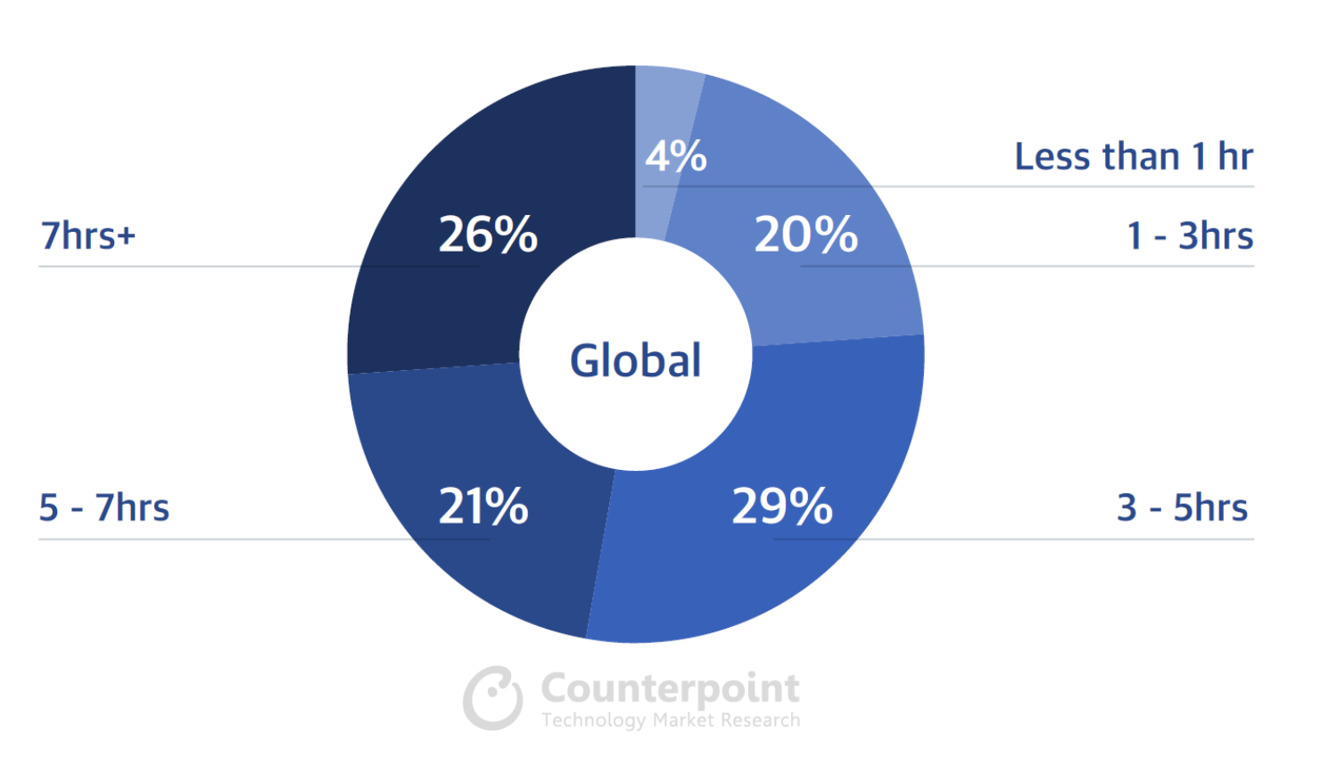
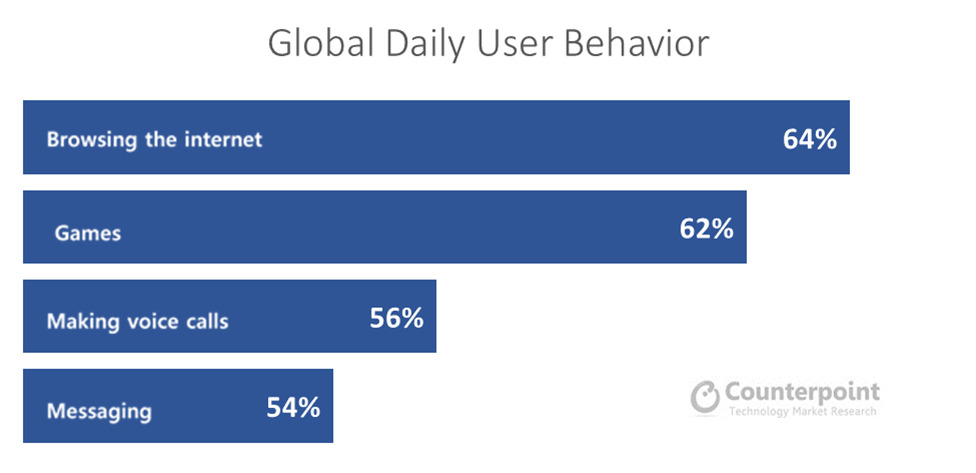
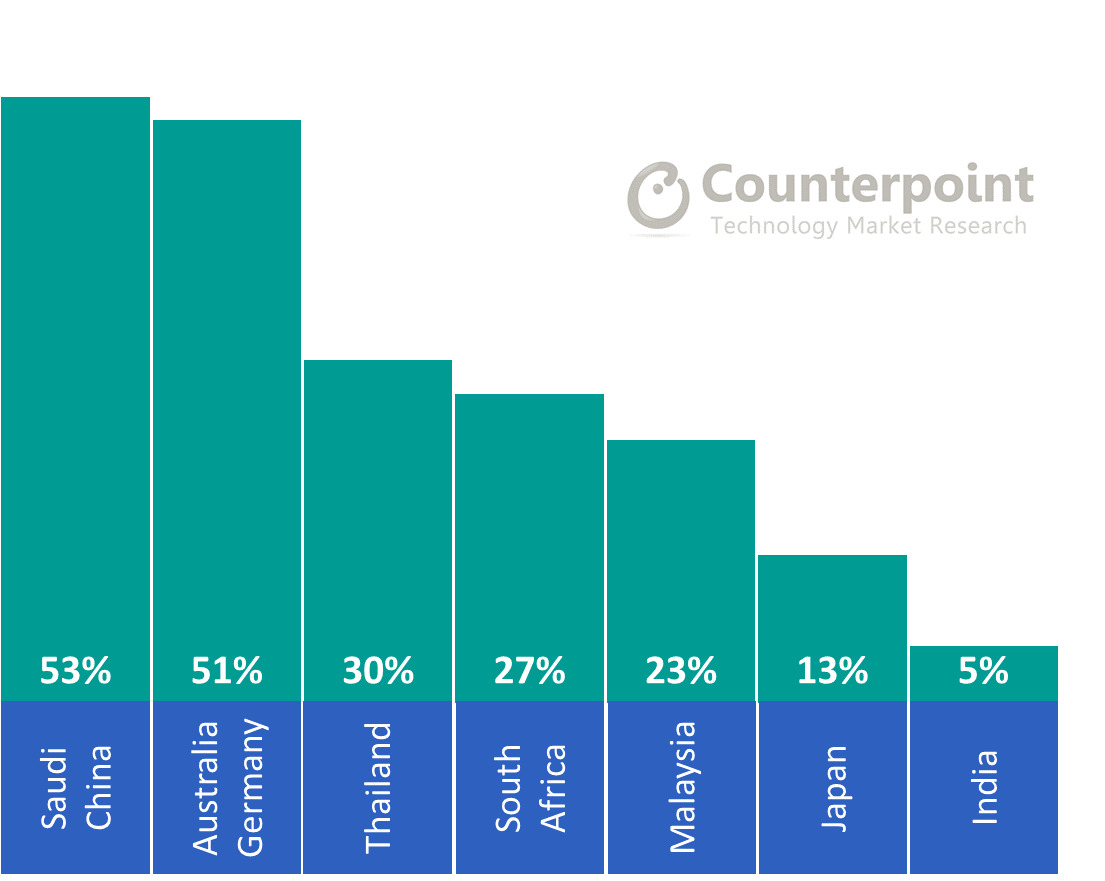


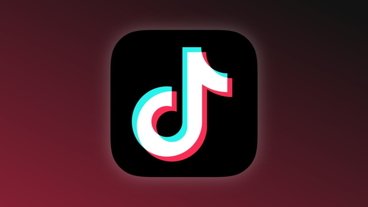
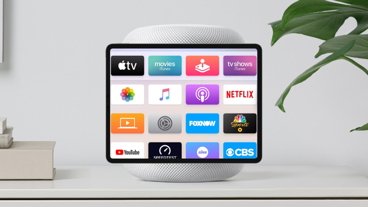


-m.jpg)





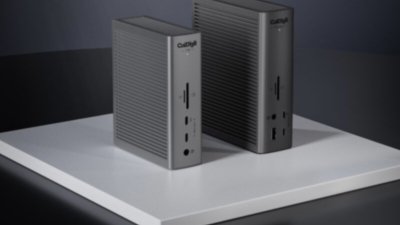
 Andrew Orr
Andrew Orr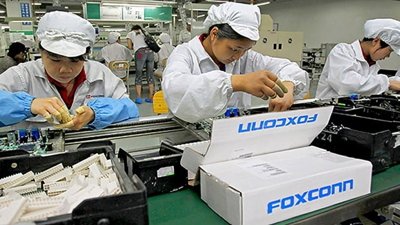
 William Gallagher
William Gallagher
 Mike Wuerthele
Mike Wuerthele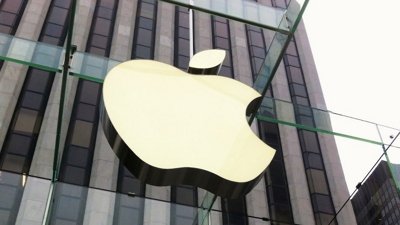
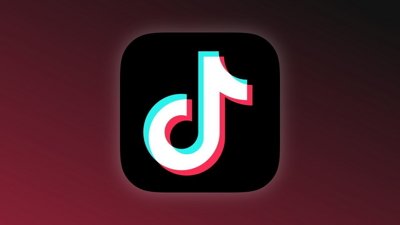
 Charles Martin
Charles Martin
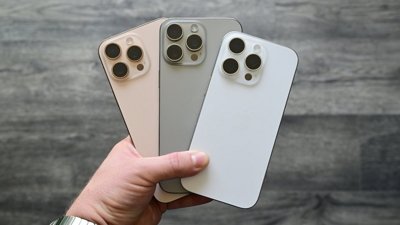
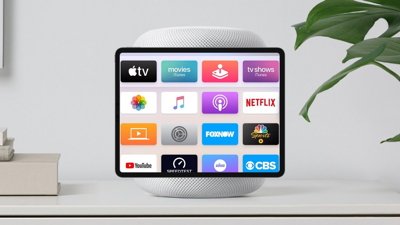
 Wesley Hilliard
Wesley Hilliard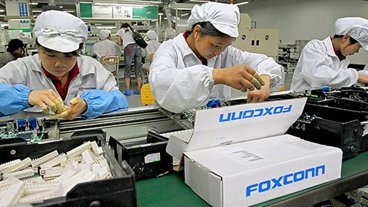
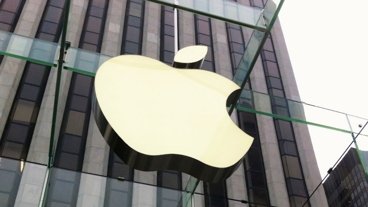
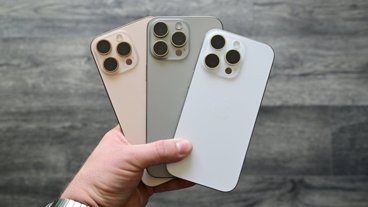







19 Comments
When my iPhone rings, I have to take a moment to remember how I’m supposed to deal with it.
Isn't this just verifying what we already know? Phones have replaced mobile gaming devices for many people, they have replaced texting and desktop chat for even more people, and the only enhancement to phone calls in a decade has probably been volte. All the work on smartphones for a dozen years has been on making them more functional in other ways than as a phone, so this really isn't a surprise. Maybe we should stop calling them phones.
No way I would use a phone for much browsing. I would prefer a bigger screen and an actual keyboard, i.e. a Mac.
7hrs? Considering that one is awake roundabout 14 hours that means half the time awake. I just hope that looking back at their lives on hindsight these “powerusers” feel having spent their time mindfully and purposefully :)